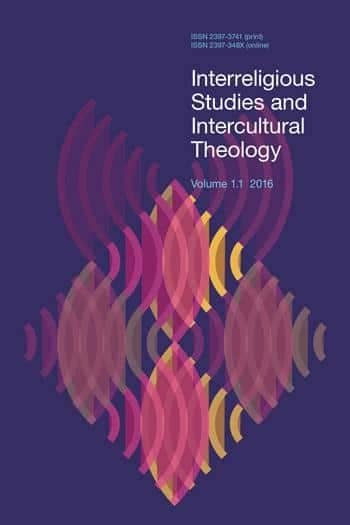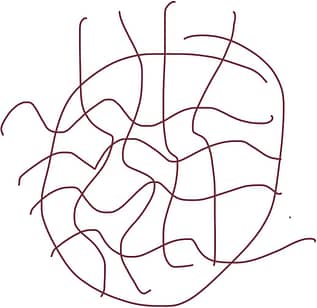It is a difficult but important task to express complex ideas in simple ways. Images often betray a lack of conceptual complexity. Take for example the idea of “multiculturalism.” Google this and you will find thousands of images of hands: hands of different hue, hands in the air, hands creating different shapes, but always hands. Or, perhaps pens/pencils, with trails of lots of colours.

Multiculturalism, with this image, reduces to relations between colours, with the assumption that religions corresponds to colours. It is not true, of course, and is also racist, but this is the imaginary/conceptual landscape. A lack of complexity in image reflects not simply a failure to translate ideas into everyday expression, but a lack of complexity in conceptual vitality in the underlying ideas themselves. If the popular imagery fails to communicate and falls into a conceptual rut the concept itself fails along with its political, cultural, and religious utility. Today, what actually is multiculturalism?
Ideas require translation into all forms of art and visual expression, including simple things like logos. The need is for ongoing negotiation. Intercultural theology is a difficult concept to represent in a way that is accessible, and so demonstrates the popular necessity of the idea itself. In other words, to communicate the idea and importance of intercultural theology, it is necessary to imag(in)e the idea.
The above image riffs off the below cover of the first issue of “Interreligious Studies and Intercultural Theology.”

One sees here waves. Waves, in one sense, are invisible, moving all around us. In terms of water, the surface may be calm, but underneath there are strong currents perhaps flowing in another direction than what is visible. Waves can take form as sound, or as electrical current. They effect the world around them. Chaos theory famously talks of the effect of a butterfly flapping its wings changing the world across the Atlantic ocean. Though “unseen” the waves that result in sound and speech can result in both edification and denigration. But in the overlapping of these waves we see a materiality, a solidity. Something becomes “real” in this interaction of the ephemeral.
The second thing one sees is the diversity of colours and their change as they overlap. This represents admixture, the creating of something new in the interaction. As they overlap they become dense.

Building upon the ISIT image, this image this represents a globe. Waves flow from different directions and with different colouration. As the waves overlap so the colour changes. It speaks to movement and the revelation of hidden flows, their ‘coming into being’ in different ways and at different times. Each wave moves on and through, but each retains their own identity. Each wave is differentiable even as their elements take on different shapes and colours. Nor is there a sense of directionality. Down/up, right/left, its reading is contingent upon the reader. Note also the power imbalance. The stronger colours on the margins become washed-out in the centre. They also flow through the centre to reconstitute on the margins. Such complexity and imbalance, the identification and interpretation of such, along with the ongoing shifting difference is constitutive of intercultural theology.
The image was developed by my daughter, Trinity Flett. For the record and by contrast, below is my own conceptual portrayal!
